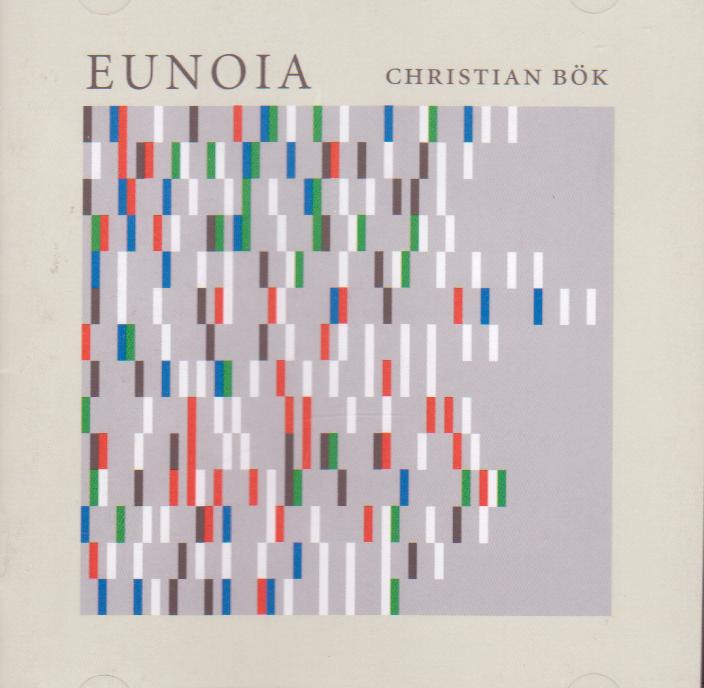This from erikkwakkel:
Smart page with string
These pages from a late-16th-century scientific manuscript share a most unusual feature: they contain a string that runs through a pierced hole. Dozens of them are found in this book. The pages contain diagrams that accompany astronomical tracts. They show such things as the working of the astrolabe (Pic 1), the position of the stars (Pic 4), and the movement of the sun (Pic 6). The book was written and copied by the cartographer Jean du Temps of Blois (born 1555), about whom little appears to be known. The book contains a number of volvelles or wheel charts: revolving disks that the reader would turn to execute calculations. The strings seen in these images are another example of the “hands-on” kind of reading the book facilitates. Pulling the string tight and moving it from left to right, or all the way around, would connect different bits of data, like a modern computer: the string drew a temporary line between two or more values, highlighting their relationship. The tiny addition made the physical page as smart as its contents.
Pics: London, British Library, Harley MS 3263: more on this book here; and full digital reproduction here.












